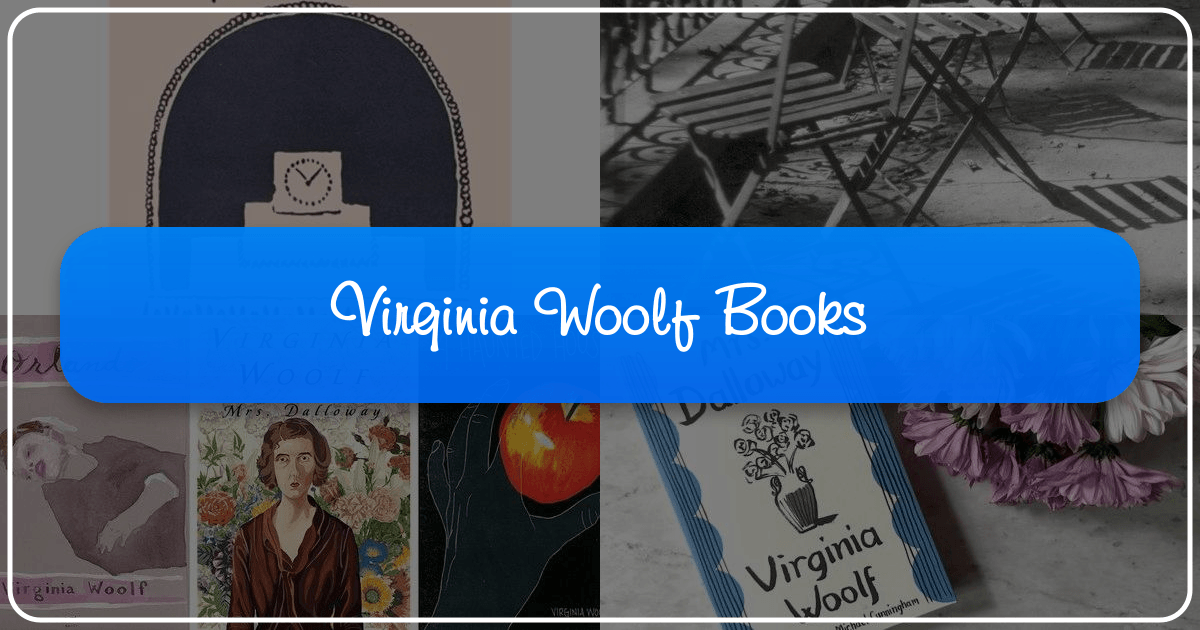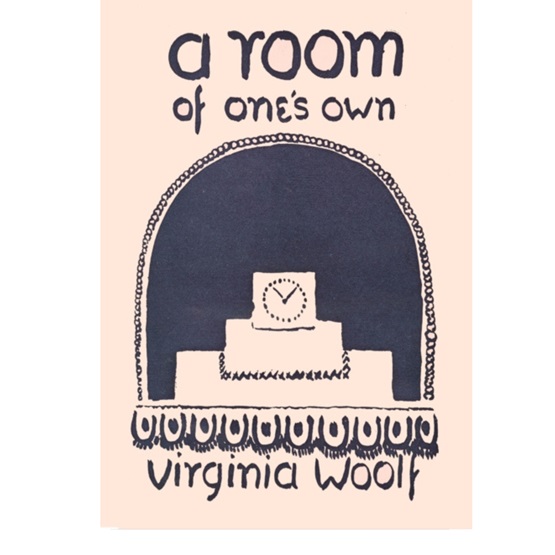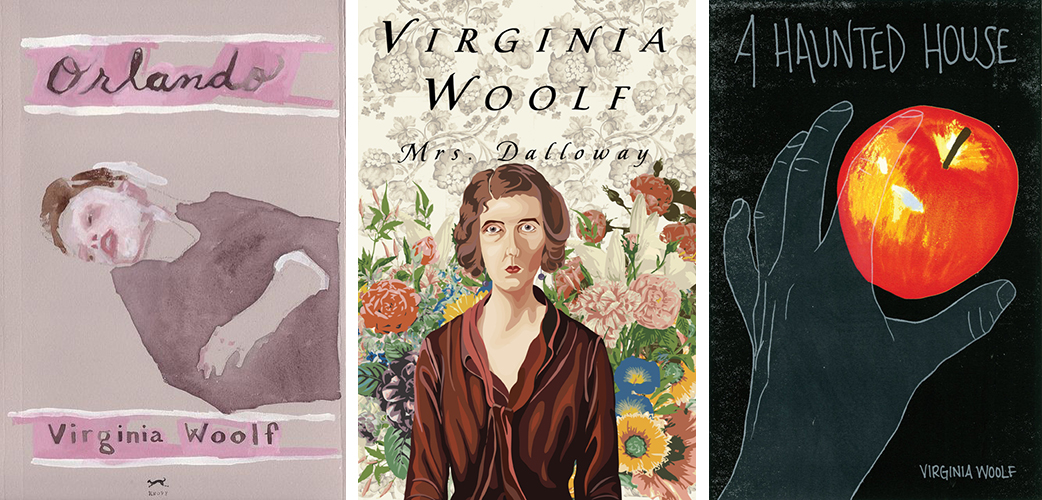Virginia Woolf Books: A Deep Dive into the Life and Works of a Literary Icon

Virginia Woolf, a towering figure of 20th-century literature, left an indelible mark on the literary landscape with her innovative writing style and profound exploration of human consciousness. This article delves into the rich tapestry of Virginia Woolf’s books, examining her major works, recurring themes, and enduring cultural impact. From the experimental stream of consciousness of Mrs. Dalloway to the evocative imagery of To the Lighthouse, we will explore the depth and breadth of her literary achievements.
Virginia Woolf’s Literary Landscape: Exploring the Genres
Virginia Woolf’s literary output is remarkably diverse, encompassing novels, short stories, essays, letters, and diaries. Her novels are particularly celebrated for their innovative use of stream of consciousness, a technique that allows readers direct access to the inner lives of her characters. This immersive style, often characterized by fragmented thoughts and sensory details, gives her work a unique poetic quality. Her short stories, equally compelling, offer concise yet powerful explorations of human relationships and the complexities of the human condition. Woolf’s essays and literary criticism, insightful and often provocative, showcase her sharp intellect and her profound understanding of literature’s power. Finally, her personal writings, such as her diaries and letters, offer a window into her private life, revealing the struggles and triumphs that shaped her creative genius.

Novels: A Masterclass in Stream of Consciousness
Virginia Woolf’s novels are arguably her most enduring legacy. Her signature stream-of-consciousness style is on full display in works like Mrs. Dalloway (1925), a portrait of a single day in the life of Clarissa Dalloway, interwoven with the parallel narrative of Septimus Smith, a shell-shocked World War I veteran. The novel masterfully explores themes of time, memory, and the fragility of the human psyche. To the Lighthouse (1927), another masterpiece, follows the Ramsay family over several years, capturing the passage of time and the changing relationships within the family. The novel’s evocative imagery and lyrical prose create a haunting and unforgettable reading experience. Orlando (1928) is a whimsical and fantastical novel that traces the life of its protagonist across centuries, exploring themes of gender, identity, and the nature of time. The experimental nature of her writing, coupled with her insightful thematic explorations, has cemented Woolf’s status as a pioneering modernist.
Mrs. Dalloway, often studied for its complex character development and masterful stream of consciousness technique, takes place over a single day in London. The novel’s episodic structure and shifting perspectives allow Woolf to delve deep into the minds of multiple characters, showcasing the complexities of their internal worlds and their interactions with the external world. The character of Clarissa Dalloway is particularly compelling, an upper-class Londoner wrestling with anxieties about aging, mortality, and her place in society. Her internal monologues, filled with fragmented thoughts and sensory impressions, offer readers an intimate glimpse into her emotional landscape. Similarly, the character of Septimus Smith, a war veteran grappling with shell shock, provides a stark counterpoint to Clarissa’s experience, highlighting the trauma of war and the societal neglect of mental health.

To the Lighthouse employs stream of consciousness to a slightly lesser degree, but still uses the technique effectively to bring the Ramsay family to life. This novel spans many years and focuses more on the passage of time and the shifting dynamics within the family unit. The evocative descriptions of the lighthouse and the surrounding landscape highlight Woolf’s ability to imbue her writing with a potent sense of place. The novel’s fragmented narrative structure mirrors the complexities of human memory and the elusive nature of time itself. The profound themes of loss, memory, and the enduring power of family relationships are poignantly woven throughout the narrative.
Orlando is a unique departure from Woolf’s more conventional novels. This fantastical narrative follows its gender-bending protagonist across centuries, experiencing life as both man and woman. The novel’s imaginative scope and exploration of gender identity and social change make it a timeless work of literary innovation. Its fantastical elements provide a unique lens through which Woolf examines historical and social trends, highlighting the fluidity of identity and the ever-changing nature of the world.

Short Stories: Concise Explorations of Human Experience
Woolf’s short stories, collected in volumes like Monday or Tuesday (1921) and A Haunted House and Other Short Stories (1944), demonstrate her ability to condense her characteristic style and themes into smaller, yet equally impactful narratives. These stories often explore the fleeting nature of moments, the complexities of human relationships, and the profound impact of the external world on the internal self. The brevity of the stories allows for sharp, concise prose, and the themes are consistently resonant and relatable, demonstrating her ability to evoke powerful emotions within a limited space.
Essays and Literary Criticism: A Voice of Insight and Authority
Woolf’s essays and literary criticism, exemplified by The Common Reader (1925) and A Room of One’s Own (1929), reveal her profound understanding of literature and her own unique critical perspective. The Common Reader showcases her ability to engage with a wide range of literary works, both classic and contemporary, demonstrating her intellectual range and her ability to articulate her insights in an engaging and accessible manner. In contrast, A Room of One’s Own, a seminal feminist work, challenges conventional notions about women in literature and argues for the importance of female voices. Woolf’s sharp wit and incisive analysis made her a formidable critic, and her essays remain relevant and thought-provoking.
Diaries and Letters: Intimate Glimpses into a Creative Mind
Woolf’s personal writings, including her diaries and letters, provide invaluable insights into her creative process and her personal struggles. These documents offer a glimpse into the inner workings of a brilliant mind grappling with mental illness, exploring themes of creativity, relationships, and the complexities of the human experience. The intimate nature of these writings offers a more personal understanding of the creative mind behind the groundbreaking works, revealing both the vulnerabilities and the strength of spirit that shaped Woolf’s literary output. They reveal a complex and multifaceted individual who battled with mental illness, but still managed to create a body of work that continues to resonate with readers today.
Recurring Themes in Virginia Woolf’s Work
Several central themes appear and reappear throughout Virginia Woolf’s work, enriching her writing and providing consistent thematic depth across her diverse genres. These themes contribute significantly to the lasting impact and relevance of her work.
Time and Memory: The Elusive Nature of the Past
Woolf’s exploration of time and memory is a recurring motif in her work. She often employs stream-of-consciousness to blur the lines between past, present, and future, highlighting the fluidity of memory and its impact on personal identity. Time isn’t linear in her work; rather, it’s subjective and fragmented, reflecting the way memories are experienced and recalled. This innovative approach to time’s representation is a key element of her distinctive literary style and her profound exploration of the human condition.
Modernity and Social Change: Navigating a Shifting World
Woolf’s writing engages directly with the social and cultural changes occurring around her. The impact of World War I, the rise of feminism, and the burgeoning complexities of modern life are all reflected in her work, often through the perspectives of her characters. Her characters are often navigating a rapidly changing world, grappling with issues of gender, class, and identity. This examination of societal shifts provides a valuable historical and social commentary, enriching the literary merit of her narratives.
Identity and Selfhood: The Search for Meaning
Woolf’s characters often grapple with defining their own identities. The fluid nature of memory and the subjective experience of time contribute to this exploration of selfhood. Her characters constantly reassess their place in the world and their relationships with others, demonstrating the fluid and often challenging nature of personal identity. Her exploration of identity goes beyond simply external factors; rather, she investigates the inner workings of the human self and the continuous search for meaning in life.
Mental Illness and the Human Psyche: Exploring the Inner World
Woolf’s personal struggles with mental illness are profoundly reflected in her writing. Many of her characters experience mental anguish, including depression and instability. Her sensitive portrayal of these experiences reveals her deep understanding of the human psyche and her willingness to tackle difficult and often taboo subjects. This exploration adds another layer of complexity to her work, reflecting not only her personal experiences but also the societal attitudes towards mental health during her time.
Feminism and Women’s Experience: Giving Voice to the Marginalized
Woolf’s feminist views are evident throughout her work, particularly in essays like A Room of One’s Own. She champions the importance of women’s voices in literature and challenges societal expectations placed upon women. Her novels often explore the complexities of women’s lives in the early 20th century, providing a nuanced and insightful examination of their experiences. Her focus on the female experience was groundbreaking, not only providing a platform for understanding the lives of women during her time, but also establishing a powerful groundwork for future feminist thought.
The Enduring Cultural Impact of Virginia Woolf’s Works
Virginia Woolf’s works continue to resonate with readers and critics alike due to their literary excellence and enduring relevance. Her innovative style and exploration of profound themes have had a significant impact on the literary world.
Literary Influence: Shaping Modernist and Postmodernist Literature
Woolf’s innovative use of stream of consciousness profoundly influenced modernist and postmodernist writers. Her experimental techniques opened up new possibilities for storytelling, allowing for greater depth and complexity in character portrayal. The legacy of her stylistic experimentation is apparent in numerous writers who followed in her footsteps, demonstrating her enduring power to innovate and to shape the literary styles of succeeding generations.
Adaptations: Bringing Woolf’s Worlds to the Screen
Woolf’s novels and short stories have inspired numerous film and television adaptations, bringing her characters and stories to a wider audience. These adaptations often engage with her themes in fresh and engaging ways, demonstrating the enduring power of her narratives to transcend time and medium. The adaptations show not only the continued interest in her narratives, but also the adaptability of her themes to a variety of mediums.
Awards and Recognition: A Testament to Literary Excellence
Woolf’s works have been widely acclaimed throughout her lifetime and continue to receive awards and recognition for their literary merit. Her place in the literary canon is secure, and her novels and essays are consistently studied and celebrated for their exceptional contributions to literature. The continued accolades given to her work show not only the excellence of her writing, but also the long-lasting resonance of her stories.
Communities: Connecting Readers Through Shared Experience
Virginia Woolf’s works have fostered vibrant communities of readers who engage with her writing and its themes through discussion, analysis, and shared appreciation. These communities reflect the enduring impact of her work and its ability to inspire dialogue and connection among individuals from various backgrounds. The continued active discussions surrounding her work demonstrate not only the enduring quality of her work, but also its ability to spark meaningful conversation amongst readers.
In conclusion, Virginia Woolf’s books represent a significant contribution to literature, shaping both modernist and feminist thought. Her innovative writing style, coupled with her profound exploration of complex themes, has cemented her place as a literary icon whose work continues to inspire, challenge, and captivate readers worldwide. Her legacy extends far beyond her lifetime, continuously impacting the literary landscape and fostering enduring dialogue among readers who appreciate the beauty and complexity of her work.